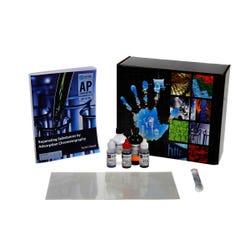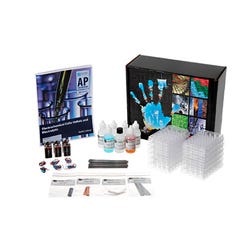Close
- Home\
- Shop Our Products\
- Science\
- Chemistry\
- Advanced Placement
Advanced Placement
page_infoFilterskeyboard_arrow_down
Filters
Press enter to collapse or expand the menu. Clear AllFilters
Product List
[
{
"catentry_id" : "3074457345616765314",
"Attributes" : { }
}
]
[
{
"catentry_id" : "3074457345616771282",
"Attributes" : { }
}
]
[
{
"catentry_id" : "3074457345616772209",
"Attributes" : { }
}
]
{ searchResult: {
pageSize: 48,
searchTerms: '',
totalPageNumber: 1.0,
totalResultCount: 3,
currentPageNumber:1,
attributes: ""
}
}





